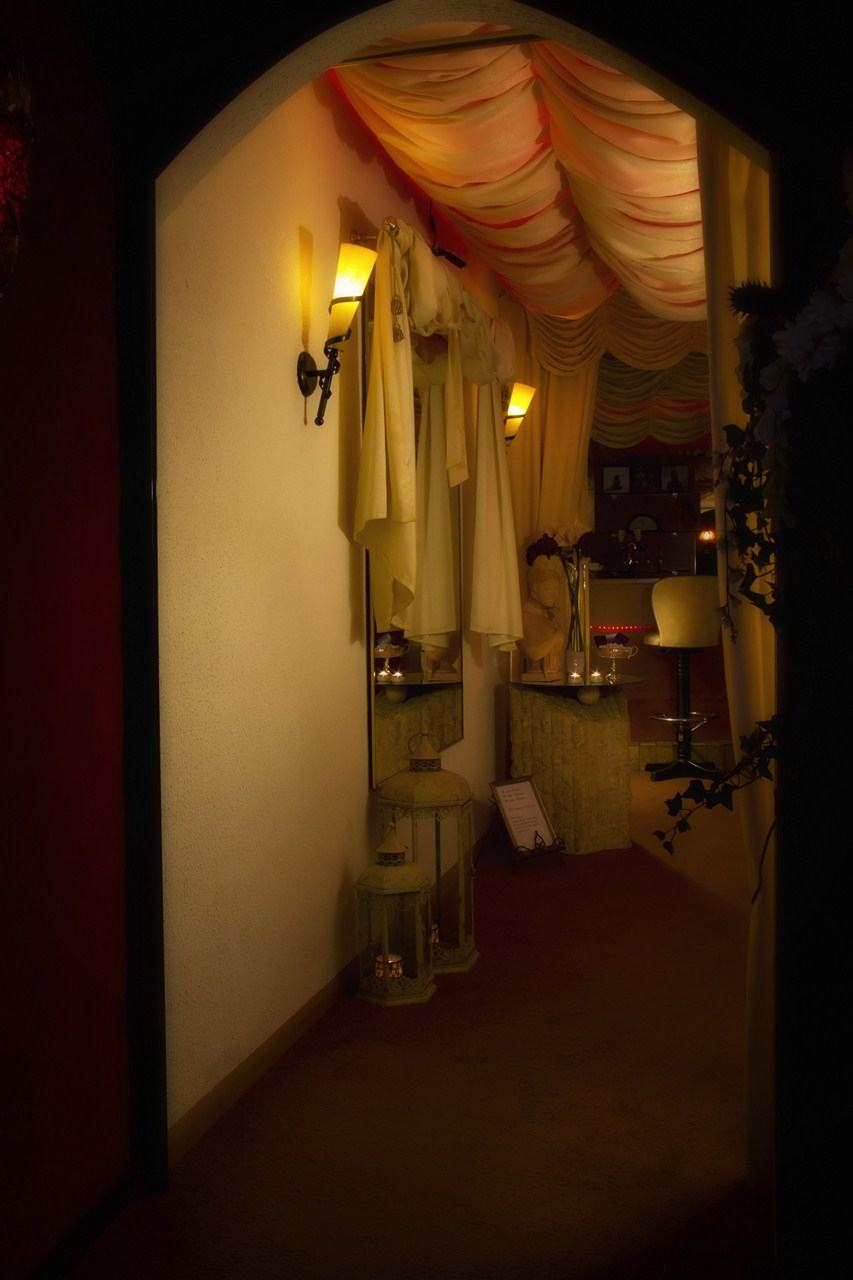Are you looking for a residential tenancy lease agreement in South Australia? This document acts as a legal contract between a landlord and tenant, dictating the terms of the tenancy arrangement. It is important to have a solid lease agreement in place to protect both parties and ensure a smooth renting experience.
In South Australia, the Residential Tenancies Act 1995 outlines the rights and responsibilities of landlords and tenants. When drafting your lease agreement, it is important to ensure that it complies with this legislation. Failure to do so could result in legal complications down the line.
Here are a few key things to include in your lease agreement:
1. Names and contact information of both parties: It is important to clearly identify the landlord and tenant in the lease agreement, as well as any other relevant parties such as property managers.
2. Property details: Include the address of the property and a brief description of the premises, such as the number of bedrooms and bathrooms.
3. Rent and payment details: Outline the amount of rent payable, the frequency of payments, and any late fees or penalties.
4. Bond information: In South Australia, a maximum of four weeks’ rent can be collected as a bond. The lease agreement should specify the amount of bond collected and the conditions for its return.
5. Term of the lease: Specify the start and end dates of the tenancy, and any options for renewal.
6. Maintenance and repair responsibilities: Clearly identify which party is responsible for maintaining and repairing different aspects of the property, such as appliances, gardens, and fixtures.
7. Restrictions and rules: Include any rules or restrictions that apply to the tenant during the tenancy, such as no pets or no smoking policies.
8. Termination and eviction: Outline the conditions under which the lease can be terminated, and the process for eviction.
Having a solid residential tenancy lease agreement in place can provide peace of mind for both landlords and tenants. It ensures that everyone is on the same page when it comes to the terms of the tenancy, and can help to prevent disputes down the line. If you are unsure about how to draft a lease agreement, seek professional legal advice to ensure that you are complying with South Australian legislation.


